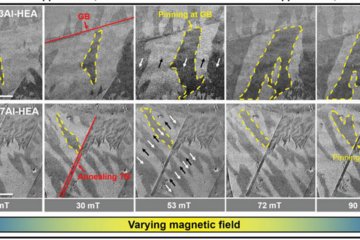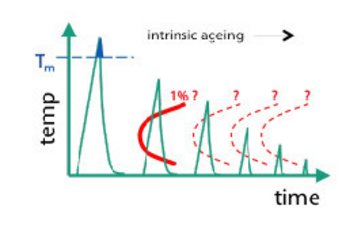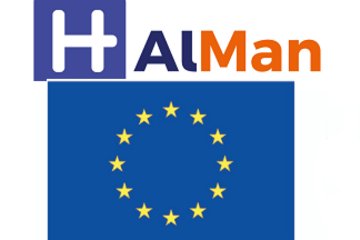All genres
1.
Journal Article
Metallic, oxygen-containing reaction products after polarisation of iron in H2S saturated saline solutions. Corrosion Science 98, pp. 725 - 736 (2015)
2.
Journal Article
A novel laboratory set-up for investigating surface and interface reactions during short term annealing cycles at high temperatures. Review of Scientific Instruments 84, 085108 (2013)
3.
Journal Article
Temperature and dew point dependent segregation of phosphorus and sulfur in Fe–Mn–P–S model alloy. Surface and Coatings Technology 205 (16), pp. 4089 - 4093 (2011)
4.
Journal Article
Selective surface oxidation and nitridation of NiTi shape memory alloys by reduction annealing. CoRR. Sci. 51, pp. 635 - 641 (2009)
5.
Journal Article
A comparison of the oxidation behaviours of Al2O3 formers and Cr2O3 formers at 700 °C - Oxide solid solutions acting as a template for nucleation. Corrosion Science 50 (6), pp. 1734 - 1743 (2008)
6.
Journal Article
Effect of alloy composition on the selective oxidation of ternary Fe–Si–Cr, Fe–Mn–Cr model alloys. Surface and Interface Analysis 40 (3-4), pp. 268 - 272 (2008)
7.
Journal Article
Selective dealloying of NiTi by oxochloridation. Corr. Sci. 50, pp. 1368 - 1375 (2008)
8.
Journal Article
Investigation of thin coatings from Mn–Co system deposited by PVD on metallic interconnects for SOFC Applications. Material Science Forum 595-598, pp. 797 - 804 (2008)
9.
Journal Article
Hot-dip galvanizing simulation of model alloys and industrial steel grades: Correlation between surface chemistry and wettability. Steel Res. Int. 79 (1), pp. 66 - 72 (2008)
10.
Journal Article
Investigation of the HCl (g) attack on pre-oxidized pure Fe, Cr, Ni and commercial 304 steel at 400 °C. Corrosion Science 49 (9), pp. 3626 - 3637 (2007)
11.
Journal Article
High temperature interaction of Al/Si-modified Fe–Cr alloys with KCl. Corrosion Science 49 (4), pp. 1799 - 1815 (2007)
12.
Journal Article
Metal dusting of binary iron aluminium alloys at 600 °C. Materials and Corrosion 57, 9, pp. 724 - 728 (2006)
13.
Journal Article
Local reactions of KCl particles with iron, nickel and chromium surfaces. Mater. and Corr. 57, pp. 159 - 164 (2006)
14.
Journal Article
Influence of N2–H2 atmosphere composition and annealing duration on the selective surface oxidation of low carbon steels. Corrion Science 48, pp. 980 - 993 (2006)
15.
Journal Article
The effect of dual phase steel surface roughness on selective oxidation and surface wettability. Kovove Mater. 44, pp. 35 - 39 (2006)
16.
Journal Article
Surface X-ray diffraction at beamline BL 9 of Delta. Journal of Synchrotron Radiation 13, pp. 8 - 13 (2006)
17.
Journal Article
Thermodynamic and kinetic consideration on the corrosion of Fe, Ni and Cr beneath a molten KCl-ZnCl2 micture. Corr.Sci. 48, pp. 679 - 695 (2006)
18.
Journal Article
Influence of gas phase composition on the kinetics of chloride melt induced corrosion of pure iron. Mater. and Corr. 57, pp. 237 - 243 (2006)
19.
Journal Article
High temperature corrosion of metallic materials in simulated waste incineration environments at 300-600 °C. Mater. and Corr. 57, pp. 192 - 195 (2006)
20.
Journal Article
Corrosion behaviour of model alloys with NaCl–KCl coating. Materials Chemistry and Physics 93 (1), p. 217 - 217 (2005)











